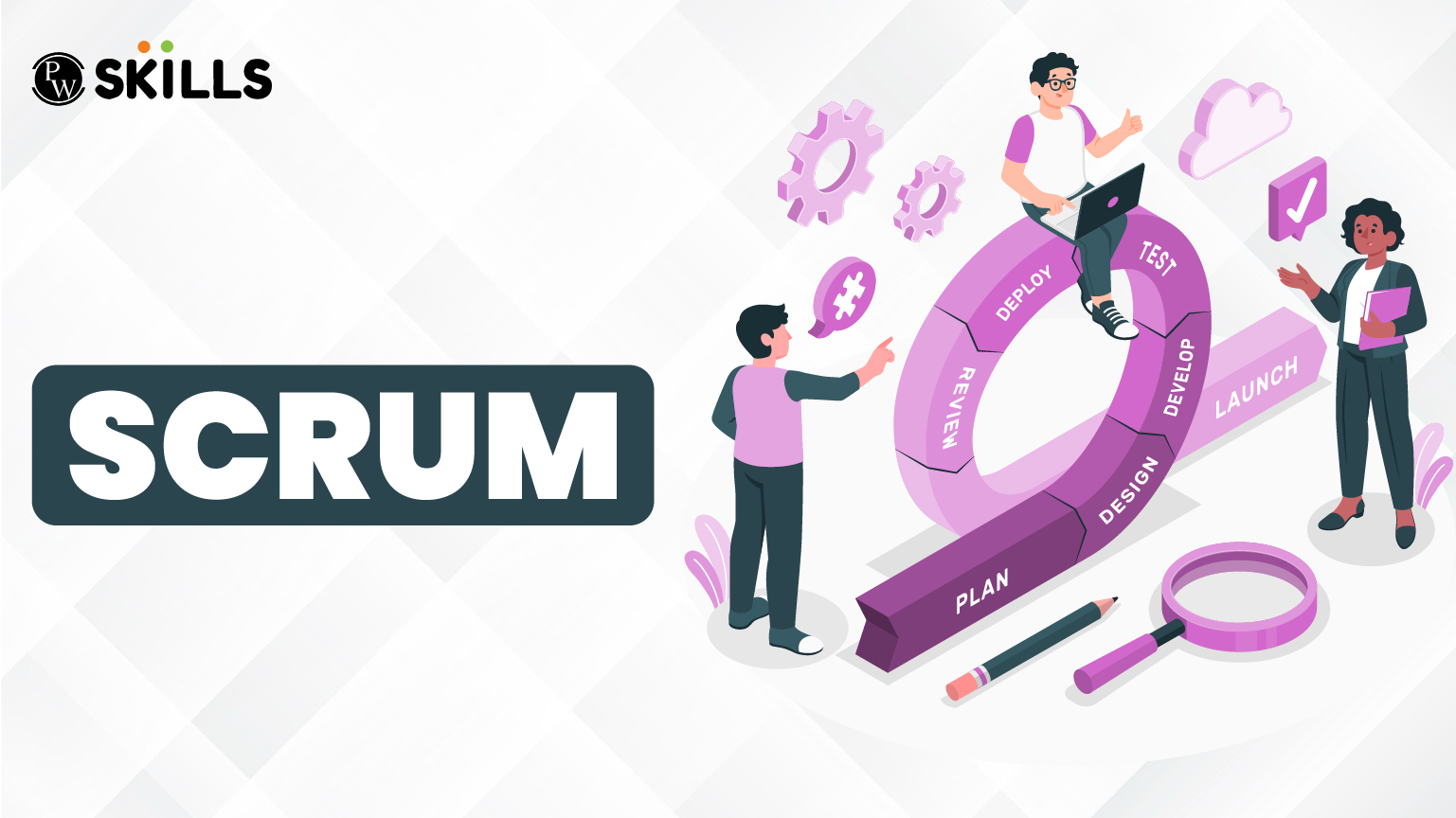Scrum is a method or process which helps deliver products at the scheduled time or before the time in an efficient manner while ensuring the quality and customer preferences in mind.
This is an agile methodology which helps product teams to build products incrementally in an iterative manner through effective team collaboration. It includes scrum events, roles and various features ensuring proper development. In this blog, let us learn more about scrum methodology in detail.
What Is Scrum?
Scrum in product management is an agile methodology approach which helps team members carefully structure and manage their work through a given set of values, practices and principles. Scrum allows teams to take progress on product in incremental i,e. In different iterations based on changing marketing needs and trends. It also focuses on aligning with the organisation’s business goals.
Scrum promises efficient project delivery with efficient practices, meetings, tools and designated roles assigned to manage efficient product delivery in the shortest time possible. Scrum basically follows self managing techniques, learning from experience and adapting to changes needed to sustain in the market. In this blog, we will learn more about Scrum, its working, roles, and other things.
What Is Scrum Methodology?
Scrum is an efficient method or framework used to develop, deliver and maintain complex products and that too especially in software development. Sprints in Scrum methodology such as teamwork, accountability and step by step progress in a structured cycle known as “Sprint”.
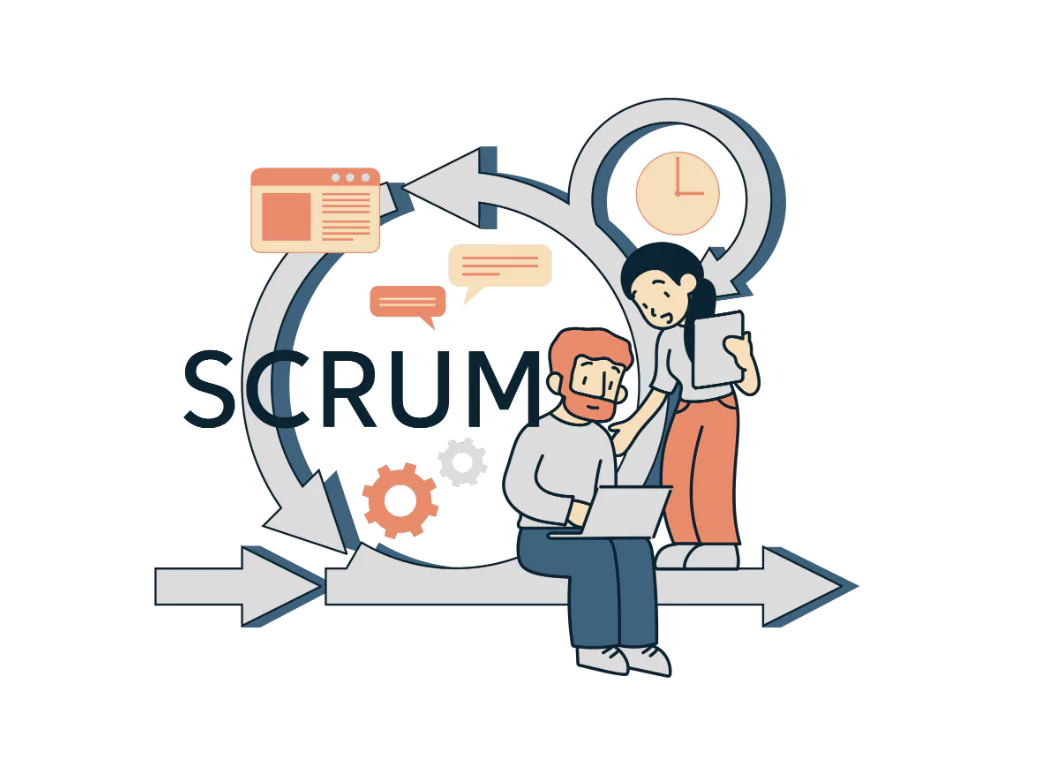
Scrum allows teams to be more flexible, collaborate and focused on delivering value in faster deadlines. This framework proves to be the best in fast changing environments.
Read More: The Ultimate Guide to Agile Product Management
Features of Scrum Methodology
Scrum methodology has a number of features, some of them are listed below.
- Scrum organises all major work into short cycles also known as Scrum. It takes only 2-4 weeks. Each Spring is responsible to deliver a small usable part of the product.
- Scrum has three main roles i,e. Product owner, Scrum master, Development Team
- The product Backlog is set on priority in Scrum methodology. The Product Owner manages and updates the backlog regularly.
- Each day there is a quick meeting to get updated on whatever is being done a day before.
- Spring planning is done before each sprint while the sprint review at the end of the day takes notes whether or not the planned sprint is completed.
- Scrum delivers small usable parts daily i,e. Incremental progress. This reduces the risk of failure by a significant amount.
- Scrum exhibits flexibility and adaptability. With feedback being one of the important parts, adaptation to changes becomes easy.
- Scrum ensures that the most important features are prioritised earlier i,e. Customer priorities.
What Problem Does Scrum Solve?
Scrum plays a very significant role in managing complex and fast paced projects especially in software and product development. Well when it comes to the point that Scrum solves in product development life cycle, then check a quick check. Traditional project management methods face a major setback in the following given below.
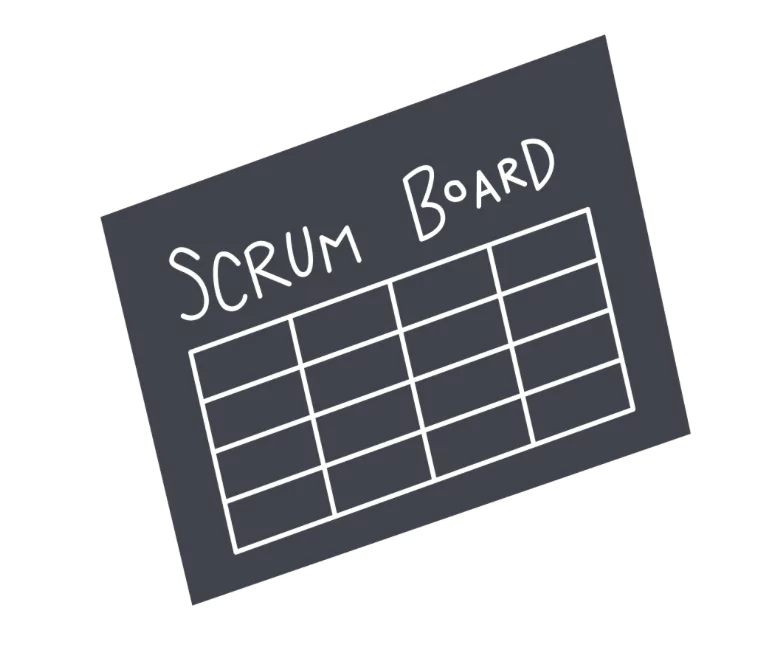
- Changing requirements frequently becomes a tedious task with traditional project management.
- When projects are large it becomes tedious to handle the problem.
- Teams often work in silos and in poor coordination
- There is often a huge delay in the delivery of the final product to the customers.
What Changes with Scrum?
Scrum helps teams build better products faster by staying adaptable, flexible and focused.
- With Scrum the entire product development cycle is broken into small and manageable chunks i,e. Sprints
- Regular collaborations and communication is given more priority
- Changes at any point during development are quick based on users feedback.
- Final product delivery is often on time or sometimes before too.
Scrum Artifacts: An Overview
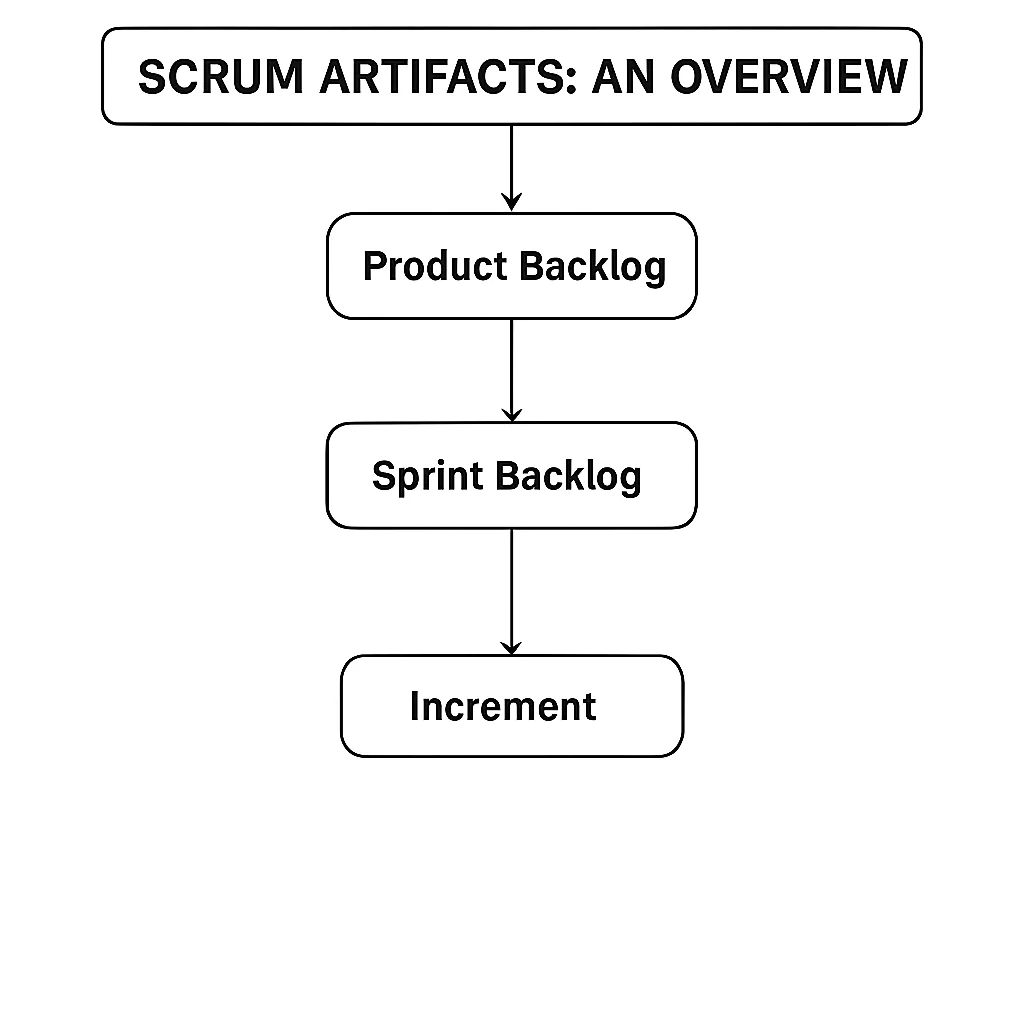
Scrum artifacts are the key tools that help teams manage work and track progress throughout the development journey of the scrum project. Check the three important Scrum artefacts below.
1. Product Backlog
The product backlog in Scrum is everything which needs to be fixed, such as features, fixes, technical tasks, and ideas. These product backlogs are generally provided using feedback from users. This is prioritised by the product owner. These product backlogs keep on changing with time and the product team keeps checking on these backlogs in each round.
- Product owner is responsible for creating, managing and prioritising the backlog.
- It is basically dynamic as it changes based on the market needs and trends.
- It is regularly refined on a continuous basis with the product owner and team collaborating to update all details including the estimate and prioritization based on product value.
2. Sprint Backlog
The Spring backlog consists of a list of tasks from users basically selected from the product backlogs which are to be completed in the current sprint. It breaks down each task into actionable items and helps the team stay focused and organized during that Sprint.
- Sprint backlog are commitments teams take to complete in the current sprint.
- Sprint is basically a subset of product backlog items that teams commit to implement in one sprint cycle.
- Complete focus is on how the team works on the deliverable in one sprint.
3. Increment
An increment is the stage or working piece of the product delivered at the end of a sprint. It includes that all the items from the sprint must meet the quality standards and with each increment product moves one step closer to completion.
- It is the work delivered at every sprint.
- Increment is a sum of all capabilities delivered which was delivered in the previous sprint completely as a part of the PI.
- At the end of each sprint, the product owner gets to decide whether to release the increment or wait until the next release.
What are Scrum Roles?
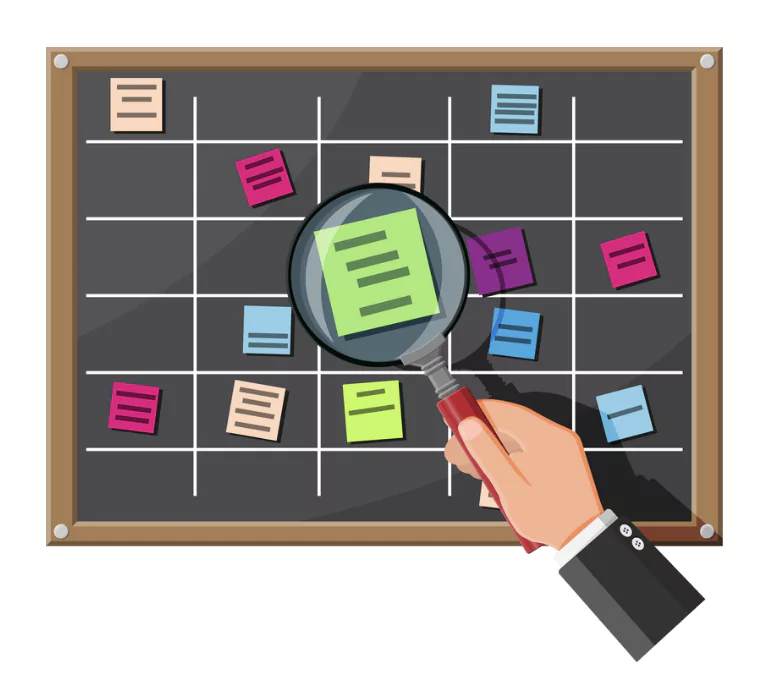
Scrum defines three basic roles to form a complete cross functional team with each role having the responsibility of ensuring smooth project run and value to the customers.
1. Product Owner
The product owner is the main responsible person who defines and prioritises whatever the team needs to build. They are responsible for managing the product backlog making sure that it is clear, current and perfectly aligned with the customer needs and the goals of the business.
They act as the representor of customers making sure that the team works on the most valuable features based on customers needs and preferences. Product owners tend to maximize the product value by deciding the workflow of the product.
- Act as a guide who tells the team on which features to deliver next
- They bridge the gap between whatever it is that the business wants and the understanding on the team sides.
- They decide when and how frequent releases can take place.
2. Scrum Master (Leader)
The Scrum Master is the coach personnel in the product development journey or say scrum methodology. Scrum master is basically the guardian of the team looking out for everyone and making sure that everyone follows the scrum principles and removing any bottlenecks which slow down the product progress.
The scrum master provides support to both development teams as well as the product owners but is not directly managing the team. They just help the team stay productive and remove blocks (if any)
- They schedule the resources required for each sprint
- They also facilitate various sprint events and meeting with the teams
- They facilitate any kind of team training required while adopting new practices or technology
3. Development Team
The Development team consists of a group of professionals who are responsible for designing, testing, building and delivering the product. They are the professionals who actually work on the product with all the technical and other skills required to complete it on time.
The development team decides how to get the work done i,e. The workflow in each sprint. All they need to do is to deliver a usable product increment at the end of each sprint.
- They work in collaboration to ensure successful sprint completion
- They implement sustainable development practices.
- They also plan and estimate the work they can complete in each sprint.
Read More: Top 3 Freelance Sites For Web Developers Web Developers In India: Get A Chance To Earn ₹1L+/Month
What are Scrum Events?
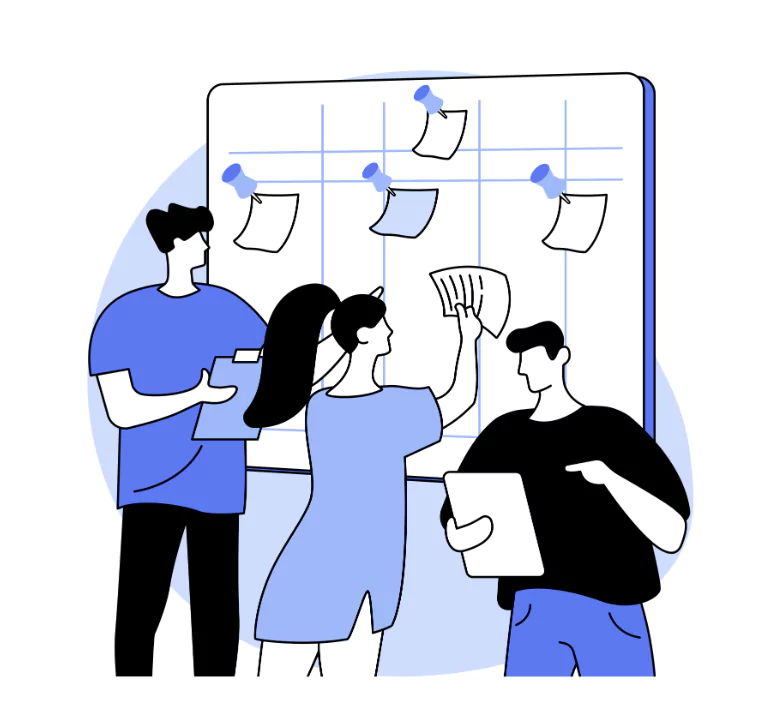
Scrum events are structured or planned meetings which bring complete transparency and decide the workflow of each sprint in the scrum process. Every Scrum event has its own purpose to help the team deliver an efficient end product at the end.
1. Sprint Planning
This scrum event is concerned with the team estimating the work or tasks to be completed in the next sprint. The team members define the sprint goals, measurable, and more.
At the end of the planning every team member has a clear idea of how each increment can be delivered in the sprint. The product owner presents the high priority items from the product backlog and team selects what they can commit for the next sprint.
2. Sprint
Sprint is the time period or core cycle of scrum which usually takes around 2 to 4 weeks long during which a small portion of the product is designed, developed and delivered. The duration of the sprint clearly depends on the complexity of the work.
3. Daily Scrum (Stand Up)
The daily scrum is a short or 15 minutes daily meeting where the development team gets to discuss their deliverables yesterday and what they will be doing today. They also notify the blockers in the process (if any). This helps everyone stay on the same page and focus on the sprint goal as a whole.
4. Sprint Review
At the end of each sprint the team needs to take a walk through the tasks completed in the sprint. A complete feedback is collected and the product backlog might be updated based on the customer needs. The major goal of this scrum event is to count progress and collect feedback to improve the product.
5. Sprint Retrospective
In this stage the team comes together to discuss what worked and what needs to be improved including the things that didn’t work in favor during the sprint. Ideas collected from the team to improve the upcoming sprints.
Also Read:
- Product Specs | Definition and Overview
- What is Product Pricing? Objectives, Types, and Factors
- Product Mix Strategy | Definition and Overview
- Product Concept: Definition, Types And Examples
Learn Product Management With PW Skills
Become a master in the field of product management with PW Skills Product Management Course. Get guidance from dedicated mentors based on latest industry curriculums and interactive tutorials comprising live lectures as well as recorded.
Build your productivity with the power of artificial intelligence in product management. This program gets you through an easy roadmap for getting job ready skills and hands-on learning.
Still Want More?
- Get a complete advanced in depth learning completely based on smart agile methodologies, conduct strategic planning, market analysis and more.
- Strengthen your portfolio with real world capstone projects
- Prepare for your interview with guidance from dedicated mentors
- Get dedicated resume building sessions with mentors.
- Get industry recognised certifications and discover a wide range of opportunities in Product management only at pwskills.com
- Build a job ready profile with PRD from the scratch and work on a capstone project to strengthen your portfolio.
Scrum Methodologies FAQs
Q1. What is Scrum?
Ans: Scrum is a light weight agile methodology and efficient method or framework used to develop, deliver and maintain complex products and that too especially in software development.
Q2. What are the scrum artifacts?
Ans: Scrum artifacts are the key tools that help teams manage work and track progress throughout the development journey of the scrum project. Scrum artifacts include product backlog, sprint backlog and increment.
Q3. What are the scrum roles?
Ans: Scrum roles include product owners who tells what needs to be built, scrum master who leads the team and the development team who actually implement the tasks.
Q4. What are the Scrum events?
Ans: Scrum events include daily meetings or plannings ahead of the sprint which includes sprint, sprint planning, daily scrum, sprint review, sprint retrospective.

